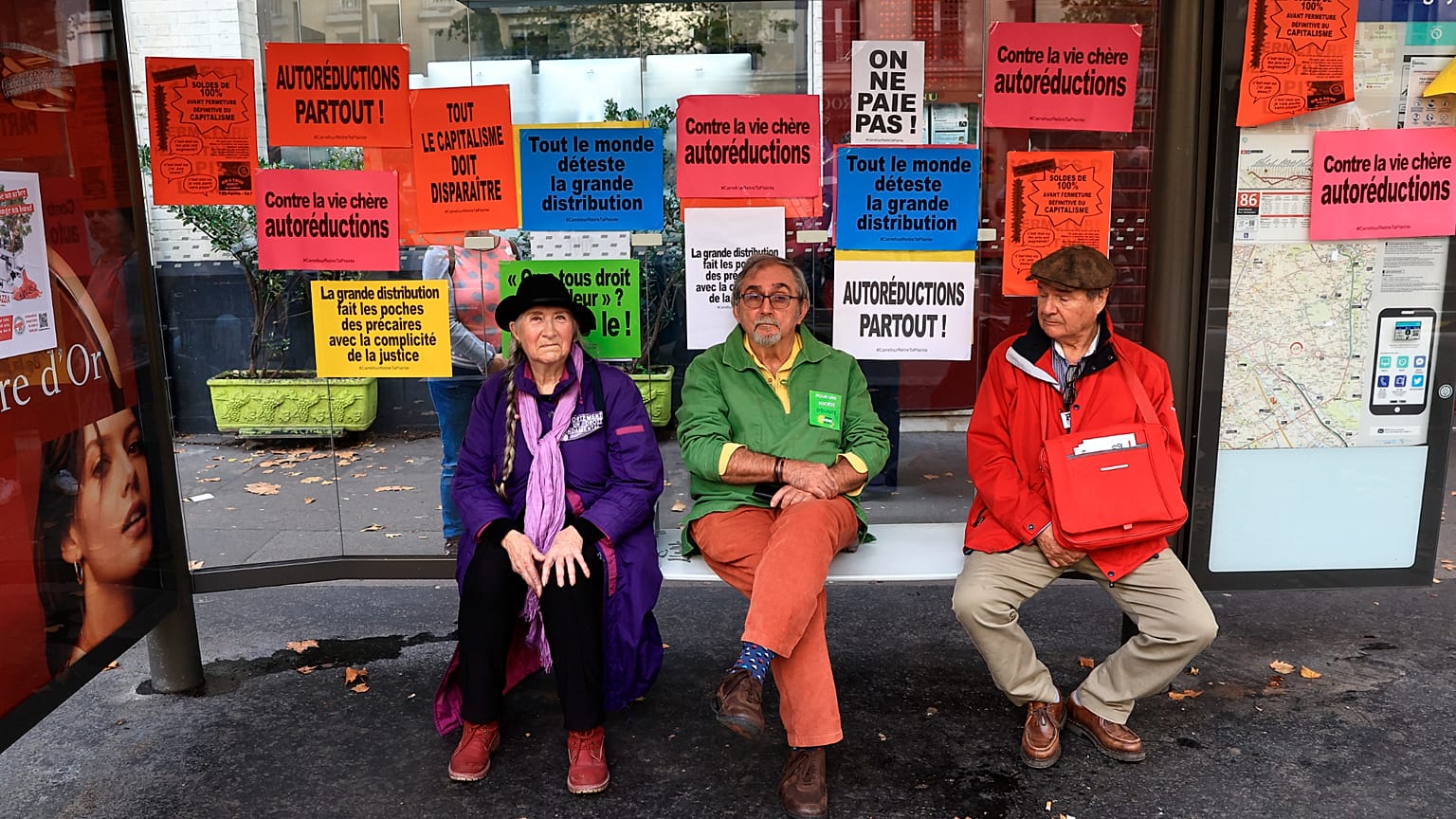The share of workers earning the minimum wage differs sharply across Europe. The European Commission is calling for fair and adequate pay to guarantee a decent standard of living.
Around 13 million workers across 21 EU countries earn the minimum wage or less, according to Eurostat. The European Commission actively supports fair and adequate minimum wages to ensure a decent standard of living for all workers.
But which countries have the highest share of minimum wage earners — and where do those workers enjoy the greatest purchasing power?
Eurostat estimates that in 2022 the share of employees earning less than 105% of the minimum wage ranged from 2.6% in Czechia to 13.0% in Bulgaria.
Because the earnings concept in the minimum wage definition and in the earnings survey differ, Eurostat sets the cut-off at 105% of the minimum wage (a 5% mark-up) to approximate the share of minimum-wage earners.
Although the data reflects the situation in 2022, it was only published in late 2025 since Eurostat releases these estimates every four years to track long-term trends and provide a clearer overview of the situation.
At least one in ten workers in seven EU countries
The share of workers earning the minimum wage or less is 10% or higher in seven EU countries. Alongside the top-ranked Bulgaria, these include France (12.7%), Slovenia (12.6%), Romania (10.5%), Greece (10.2%), Poland (10.1%) and Hungary (10%).
At the other end of the scale, Czechia (2.6%), Portugal (3.1%), Estonia (3.3%), the Netherlands (3.5%), Malta (3.5%) and Spain (3.6%) record the lowest proportions — all below 4%.
Among Europe’s largest economies, France has the highest share of minimum wage earners (12.7%), compared with 8% in Germany, 6.5% in the UK and 3.6% in Spain.
According to the OECD, collective bargaining plays a key role in shaping these figures.
“Countries with stronger labour institutions and collective agreements tend to have fewer cases of workers being paid below the minimum wage,” Dr Stefano Filauro from Sapienza University of Rome told Euronews Business.
He added that advanced economies with more high-skilled, high-paid sectors tend to have fewer low-wage workers, while weak labour inspections and limited penalties for non-compliance often allow underpayment to persist.
There is no statutory minimum wage in Italy, Austria, Sweden, Denmark or Finland.
Turkey stands out as a major outlier
Turkey remains an outlier, with a much larger share of workers on or below the minimum wage. The Confederation of Progressive Trade Unions of Turkey (DİSK) reports that 37.5% of Turkish workers earned the minimum wage or less in 2022.
The data for the UK and Turkey come from national sources rather than Eurostat, so they are not directly comparable with EU figures.
In the mid-2010s, Eurostat estimated that around 43% of Turkish workers earned the minimum wage, with similar figures reported in 2020.
“In Turkey, the minimum wage has long ceased to be a floor and has become the average wage,” DİSK said in a statement in October 2025. “With trade union rights under constant pressure, millions of workers are forced to survive on or around the minimum wage.”
How many people earn the minimum wage?
The exact number of minimum wage earners is difficult to determine and often varies between data sources, according to the OECD. Eurostat provides its own estimates, but small firms are frequently excluded, meaning the true number is likely higher.
Using 2022 data, France had the highest number of minimum wage earners in 2024 — about 3.5 million people — followed by Germany with 3.2 million.
Across 21 EU countries, the total stood at 12.8 million. The UK had around 1.9 million, while Turkey recorded 11.2 million — just 1.6 million fewer than the combined total of those 21 EU states.
Minimum wage and income inequality
“The impact of minimum wages on income inequality in the EU” report published by the Commission’s Joint Research Centre pointed out that minimum wage policies have an impact on national income distributions across EU countries and thus, they also have the potential to influence the distribution of income across the overall EU population.
The purchasing power of the minimum wage varies widely across Europe. The five countries with the highest minimum wages in purchasing power standards (PPS) are Luxembourg (2,035), Germany (1,989), the Netherlands (1,937), Belgium (1,812), and Ireland (1,653).
The lowest figures are recorded in Estonia (886), Latvia (905), Bulgaria (922), Czechia (936) and Slovakia (963).
EU candidate countries North Macedonia (1,069), Turkey (1,062), and Montenegro (1,058) have higher minimum wages in PPS than several EU member states.
In October 2022, the European Commission adopted a directive on adequate minimum wages in the EU, aiming to ensure that workers’ earnings are sufficient to provide a decent standard of living across the Union.


















